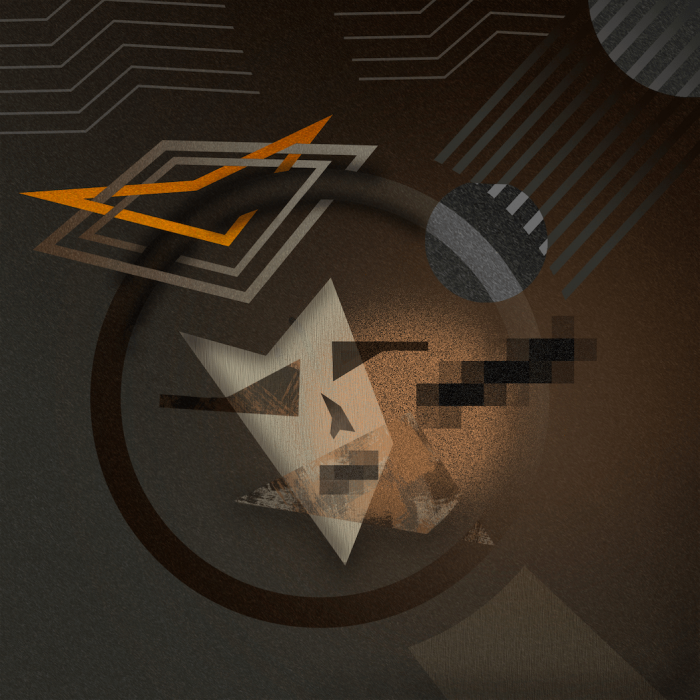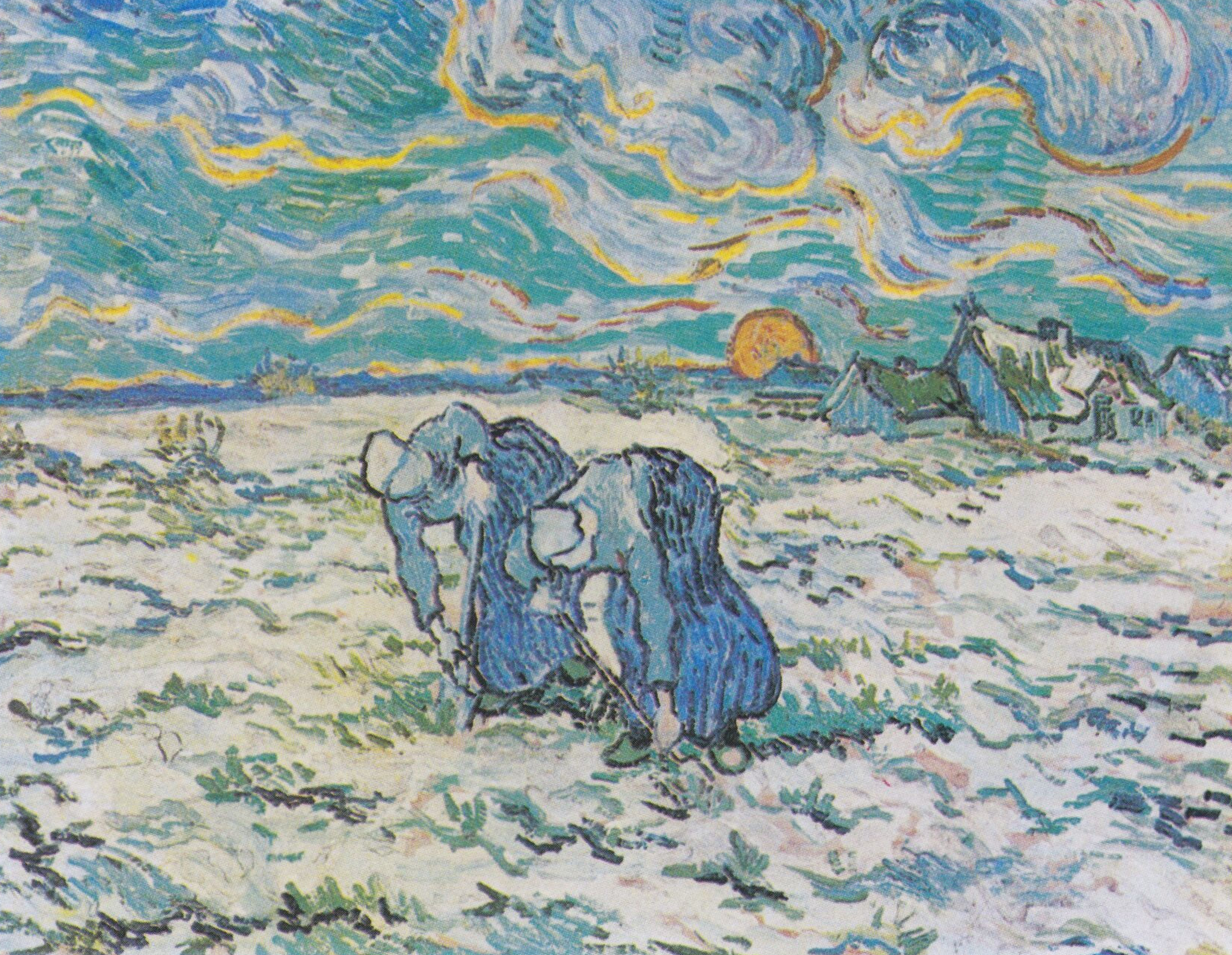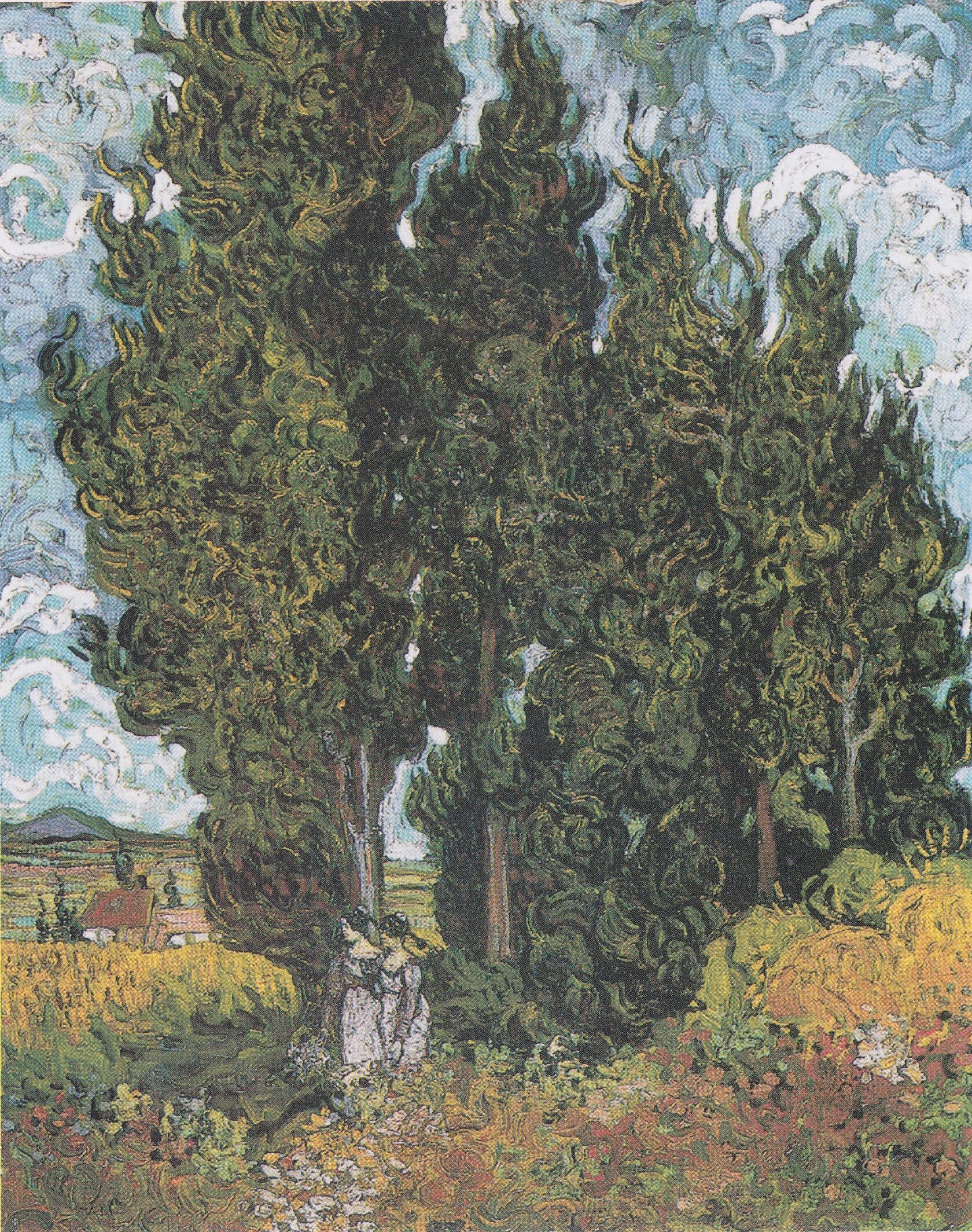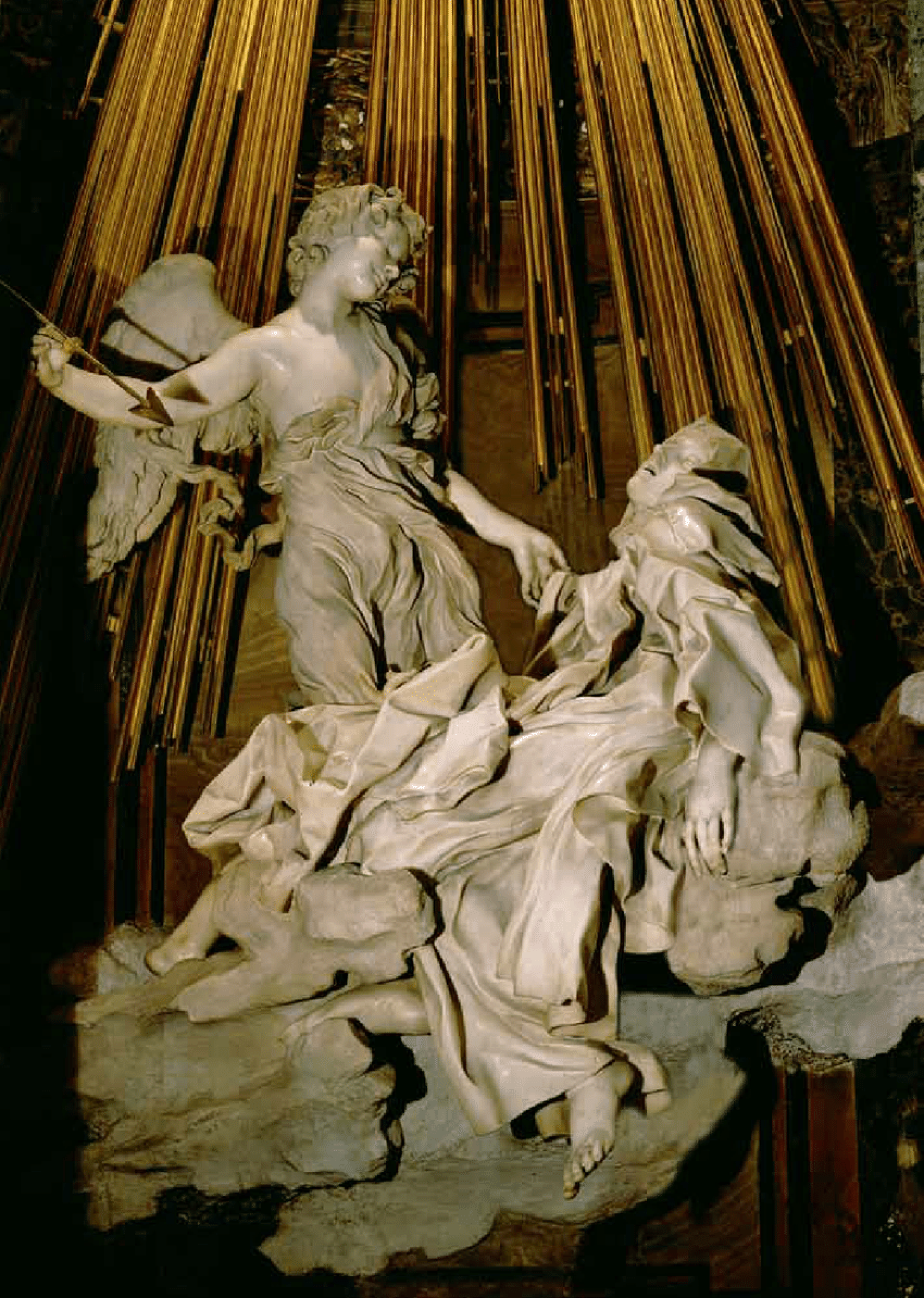SupremePunk #081

Wind Of Revolution
This Punk is inspired by CryptoPunk #7249 and artworks of Lisitsky. This Punk is made in a unique author's style. It is pretty curious to explore it – a variety of lines and shapes play and hide behind each other, intersect. They are completely different in texture and morphology. Some shapes flow out of the background, separating from the plane and gaining a tangible volume. If you look closely, the figure of a Punk looms in the central ring. It is acute-angled, fragmented into parts and tilted diagonally. However, this does not create a feeling of discomfort when looking at it – the components look harmonious, as if they are in their intended place – just where they should be.
The central place and the base of the composition is the huge ring. It can be visually perceived as something resembling a halo unfolded frontally to the viewer, or it may seem like the contour of a space porthole. The composition as a whole consists of futuristic forms. There are balls here that can be mistaken for stars, planets or their satellites – for example, the ball traditionally depicted in the place of the sun in the upper right corner. Parallel gray lines that are associated with rays depart from it.

Vinсent Van Gogh — Two Peasant Women Digging in a snow Covered Field, 1890
The famous artist Vincent van Gogh depicted turbulent wind flows on his canvases. For him, the forces of the wind, its dynamic gusts appeared in the form of twisting spirals created from thick, physically heavy strokes due to a large amount of oil paint. If the concentration of nature, the viscosity of its matter is felt in Van Gogh's paintings, then there is a certain rarefaction in the Punk. Instead of spirals, air matter is indicated by thin repeating broken lines. The wind dynamics here is not as fierce as Vincent's, it is measured and even geometric and similar to the drawing of the motherboard of a personal computer.

Vincent Van Gogh — Cypresses and Two Women, 1890
That's what distinguishes the presented vision from many other works of art – if we talk about the picture from the point of view of the image of the real world, it appears very accurate, mathematically verified. There is no place in it for the elements that are not controlled by human, and the dynamics of nature that subdues everything around. The central place both in the composition and in the narrative in general is occupied by an anthropomorphic technologized creation – Punk. And it exists in a transhumanistic world, which the viewer seems to be looking at through the screen – a six-pixel cigarette, a circle of black-and-white noise.
Geometric contours of silver and gold color are attached on top of the circle in which the Punk is placed. They resemble a tiara, a crown or a device from a Baroque sculpture. So the artists of the 17th century conventionally designated the rays coming from above – from heaven, from the figures of saints or from their halos. For example, in the sculpture of the greatest Italian sculptor Lorenzo Bernini "Ecstasy of St. Teresa", thin golden rays on the background of the sculptural group are symbols of the divine illumination that descended on St. Teresa. Of course, those details in the Punk are not about the symbols of the divine, but nevertheless, this visual code is strongly connected with the portrait tradition of western art, a sample of which is in front of us.

Lorenzo Bernini — Ecstasy of St. Teresa, 1652
SupremePunk #081 opens up a new layer of artistic forms, probably originating from suprematism and abstract art in general, but strongly transformed by a variety of textures, unusual ways of interacting figures and a modified color (which reminds of "digital space"). This work is a reflection on the transformation of art taking place in the world of technologized postmodernism.

Buy

Gallery:
CryptoPunk #7249 that has been taken as a base

Your transaction is in progress

You have connected to the wrong network

Transaction is successful!


